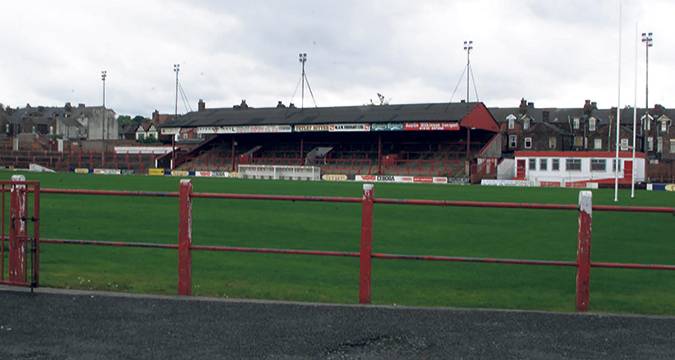 Our journey around the villages, towns and cities that have rugby league running through their veins reaches Salford.
THE Rise and Fall, The Fall and Rise.
Never mind Madness, one of the most prominent bands Britain has produced whose fourth album went under the name of the former.
And put to one side Reginald Perrin, whose name was preceded
Our journey around the villages, towns and cities that have rugby league running through their veins reaches Salford.
THE Rise and Fall, The Fall and Rise.
Never mind Madness, one of the most prominent bands Britain has produced whose fourth album went under the name of the former.
And put to one side Reginald Perrin, whose name was preceded Locations of League: Salford
 Our journey around the villages, towns and cities that have rugby league running through their veins reaches Salford.
THE Rise and Fall, The Fall and Rise.
Never mind Madness, one of the most prominent bands Britain has produced whose fourth album went under the name of the former.
And put to one side Reginald Perrin, whose name was preceded
Our journey around the villages, towns and cities that have rugby league running through their veins reaches Salford.
THE Rise and Fall, The Fall and Rise.
Never mind Madness, one of the most prominent bands Britain has produced whose fourth album went under the name of the former.
And put to one side Reginald Perrin, whose name was preceded 